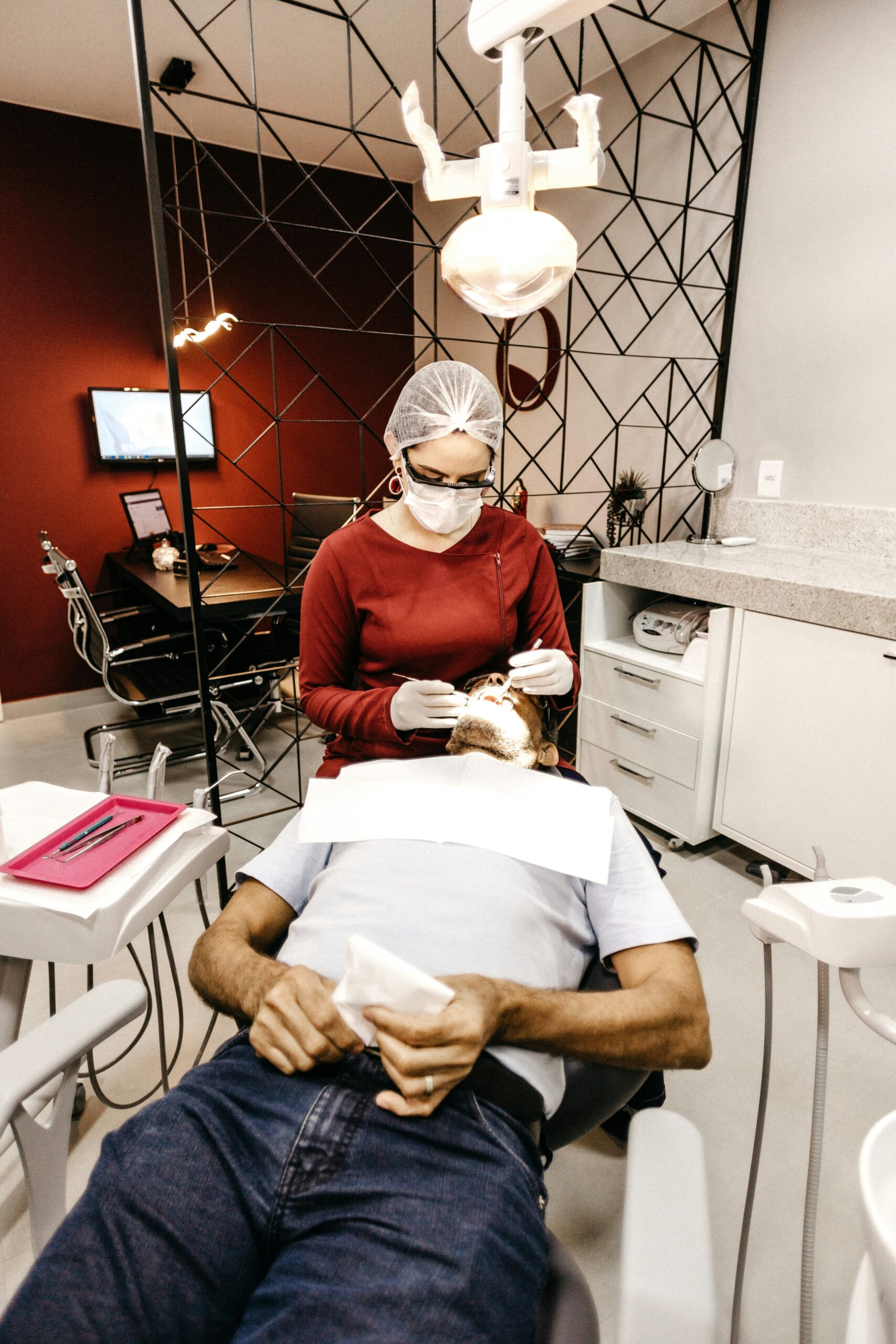
Anal fissures and abscesses are common conditions that can lead to significant discomfort and complications if left untreated. Both conditions affect the anal region, but they differ in their pathophysiology, symptoms, and treatment approaches. While nonsurgical treatments are often the first line of defense, surgical options may be necessary for severe or recurrent cases. This article explores the various strategies for managing anal fissures and abscesses, emphasizing the benefits of combining surgical and nonsurgical approaches.
Understanding Anal Fissures and Abscesses
An anal fissure is a small tear in the lining of the anus, typically caused by trauma during bowel movements, particularly due to passing hard stools. Symptoms include sharp pain during and after bowel movements, bleeding, and itching. Chronic fissures may develop if the initial tear does not heal properly, often leading to further discomfort and complications.
An anal abscess, on the other hand, is a collection of pus that forms in the anal glands. This condition often arises from an infection, and symptoms can include swelling, pain, fever, and a foulsmelling discharge. Anal abscesses can lead to more severe conditions such as anal fistulas if not addressed promptly.
NonSurgical Treatment Options
One of the primary nonsurgical approaches for managing anal fissures involves dietary changes aimed at softening stools and promoting regular bowel movements. Increasing fiber intake through fruits, vegetables, and whole grains can help prevent constipation and reduce the strain during defecation. Additionally, adequate hydration is crucial in maintaining stool consistency.
Topical treatments, such as nitroglycerin ointment, calcium channel blockers, and local anesthetics, can be effective in reducing pain and promoting healing in anal fissures. Nitroglycerin works by relaxing the anal sphincter muscle, increasing blood flow to the fissure site and facilitating healing. Calcium channel blockers, like diltiazem, have a similar effect and are often preferred for their lower side effect profile.
Sitz baths, which involve sitting in warm water for 1015 minutes, can provide significant relief from pain and discomfort associated with both anal fissures and abscesses. This simple practice helps to relax the anal sphincter and promote blood circulation, aiding in the healing process. Regular sitz baths can be particularly beneficial during flareups.
For anal abscesses, antibiotics may be prescribed, especially if there are signs of systemic infection, such as fever or widespread redness. However, antibiotics alone are not sufficient; drainage of the abscess is often necessary for complete resolution.
Surgical Treatment Options
When conservative treatments for chronic anal fissures fail, a fissurectomy may be indicated. This procedure involves the surgical removal of the fissure and the surrounding scar tissue. The goal is to promote healing by reducing tension in the anal sphincter. While fissurectomy can be effective, it is typically reserved for cases where nonsurgical methods have not yielded results.
Lateral internal sphincterotomy is a more invasive surgical procedure that involves cutting part of the internal anal sphincter muscle. This technique decreases the muscle tension that can prevent healing. Sphincterotomy is generally effective for chronic anal fissures and is associated with a high rate of healing, though it carries a risk of potential complications, including incontinence.
For patients with anal abscesses, surgical drainage is often necessary. This procedure can be performed under local anesthesia and involves making an incision in the abscess to allow the pus to escape. This not only relieves pain and pressure but also addresses the underlying infection. Following drainage, antibiotics may be prescribed to prevent further infection.
If an abscess leads to the formation of an anal fistula, a fistulotomy may be required. This procedure involves cutting open the fistula tract to allow for proper drainage and healing. Fistulotomy can be performed in conjunction with drainage of the associated abscess, depending on the severity of the conditions.
Combining Surgical and NonSurgical Approaches
The management of anal fissures and abscesses is not a onesizefitsall approach. Combining surgical and nonsurgical methods can be highly effective, particularly in complex or recurrent cases. Individualized treatment plans that consider the patient’s overall health, lifestyle, and specific condition can enhance outcomes and patient satisfaction.
For patients undergoing surgery, optimizing nonsurgical treatment before the procedure can improve surgical outcomes. For instance, ensuring that the patient has wellformed stools and minimizing constipation can decrease complications and enhance recovery.
Postoperative care is crucial for promoting healing and preventing recurrence. Nonsurgical methods, such as sitz baths, dietary modifications, and topical medications, can be continued postsurgery to support recovery. Education on proper bowel habits and hygiene can further reduce the risk of complications.
Incorporating a multidisciplinary approach, involving gastroenterologists, colorectal surgeons, and dietitians, can provide comprehensive care for patients. This teambased strategy ensures that all aspects of the patient’s condition are addressed, leading to better outcomes.
Anal fissures and abscesses can significantly impact a patient’s quality of life. While nonsurgical treatments are often effective for initial management, surgical interventions may be necessary for more severe or persistent cases. By combining both approaches, healthcare providers can create tailored treatment plans that address the unique needs of each patient. Through proper education, dietary management, and a collaborative approach to care, patients can achieve relief from symptoms and promote healing, ultimately leading to a better quality of life.